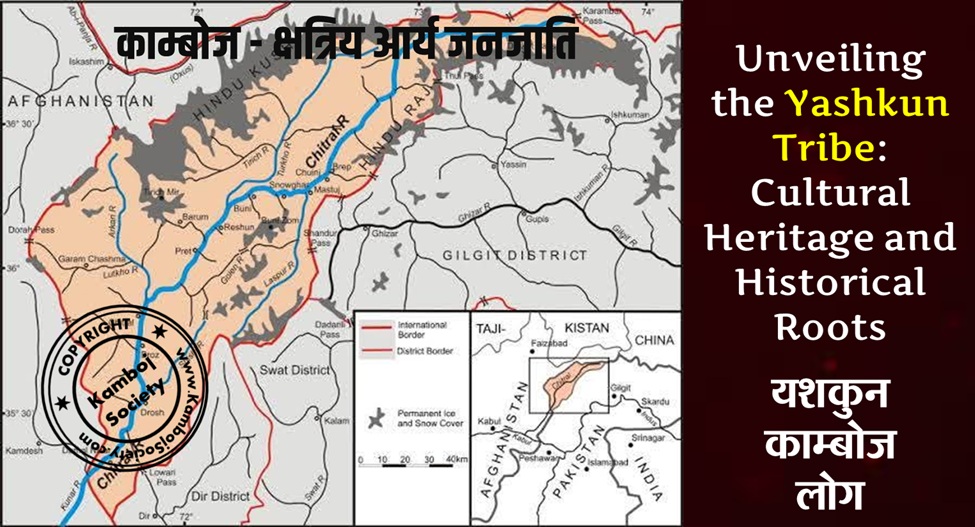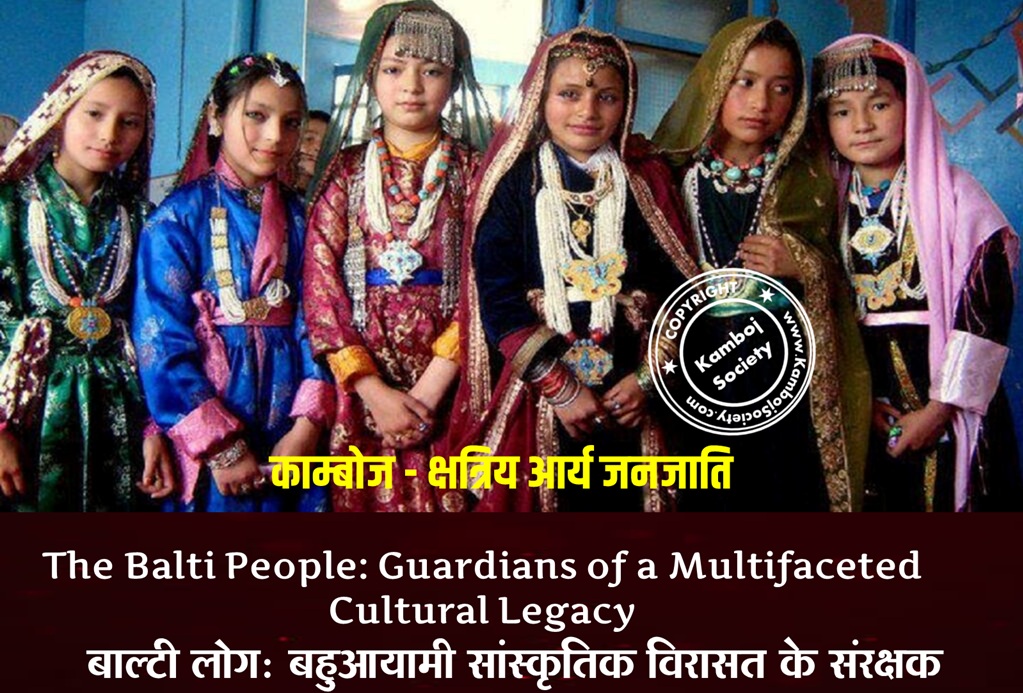Today we present the last of solasa (sixteen) mahajanapadas -- the great states of ancient India. The Kamboja Kingdom has been mentioned in association with the Gandhara Kingdom, the two being located in close proximity to one another in northwest India. Kamboja is also listed along with Darada and the Bahlika (Bactria). The Kambojas occupied roughly the area around Rajaori or ancient Rajapura, including the Hazara district of the Northwestern Frontier Province. Dvaraka is mentioned in the same timeline with Kamboja. It is not expressly stated that Dvaraka was the capital of the Kamboja kingdom, but that possibility is suggested. In early or later Pali texts there is no mention of the capital city of the Kambojas, although one of their cities, Nandipura, is mentioned in Luders' inscriptions Nos. 176 and 472. Ancient texts include Kamboja Kingdom in the Uttarapatha, a name given to the northern part of Jambudvipa. It is known to have comprised regions on either side of the Hindukush. The original Kamboja was located in eastern Oxus country, neighboring Bahlika, but over time, some of the Kamboja clans appear to have crossed the Hindukush and established colonies on its southern side also. These latter Kambojas are associated with the Daradas and Gandharas in Vedic literature and also find mention in the Edicts of Ashoka. The evidence in Mahabharata and in Ptolemy's Geography distinctly refer to two Kamboja settlements. The cis-Hindukush region from Nurestan up to Rajauri in southwest Kashmir, sharing borders with the Daradas and the Gandharas, constituted Kamboja country. Rajapura (also possibly known as a Kamboja capital city) was situated southwest of Kashmir. The Kamboja mahajanapada of Buddhist tradition refers to this cis-Hindukush branch of ancient Kambojas. The trans-Hindukush region including the Pamirs and Badakhshan which shared borders with the Bahlikas (Bactria) in the west and the Lohas and Rishikas of Sogdiana/Fergana in the north, constituted the Parama-Kamboja country, the second major Kamboja settlement. The Mahabharata refers to several ganah (or republics) of the Kambojas. Kautiliya's Arthashastra and Ashoka's Edict No. XIII also attest that the Kambojas followed a republican constitution. P??ini's Sutras, however, suggest that the Kamboja of P??ini was a Kshatriya monarchy, and the reference to the ruler of the Kambojas implies that the king of Kamboja was a titular head (king consul) only. According to Buddhist texts, the first fourteen of the sixteen mahajanapadas belonged to Majjhimadesa (mid-India) while the last two belong to Uttarapatha or the northwest division of Jambudvipa. In the struggle for supremacy that followed in the 6th to 5th Centuries B.C., the growing Magadha Kingdom emerged as the most predominant power in ancient India, annexing several states of the Majjhimadesa. A bitter line in the Brahmin Purana laments that Magadhan emperor Mahapadma Nanda exterminated all the kshatriyas, none worthy of the name kshatriya being left thereafter. This obviously refers to the Kasis, Kosalas, Kurus, Panchalas, Vatsyas and other neo-Vedic tribes of the east Punjab, of whom nothing was ever heard again except in legend and poetry. Kamboja, however, continued to be known for having good horses. The Kambojans and Gandharans never came into direct contact with the Magadhan state until Chandragupta and Kautiliya arose on the scene. But these nations also fell prey to the Achaemenids of Persia during the reign of Cyrus (558–530 B.C.) or in the first year of Darius. Kamboja and Gandhara formed the twentieth and richest strapy of the Achaemenid Empire. Cyrus I is said to have destroyed the famous Kamboja city called Kapisi (modern Begram) in Paropamisade. The thera Maharakkhita established the Buddha's religion at Kamboja and other places. The Kambojas supposedly lost their original customs and became barbarous. The Bhuridatta Jataka states that many Kambojas who were not Aryans said that people were purified by killing insects, flies, snakes, bees, frogs, etc. The Jataka tradition is corraborated by Yaska's Nirukta and Yuan Chwang's account of Rajapura and the adjoining countries of the northwestern India. Source: https://www.harekrsna.com/sun/features/05-13/features2811.htm
The Kamboja Kingdom - Sixteen Mahajanapadas
- Deepak Kamboj
- Sep 20th, 2014
- 6019 Views










